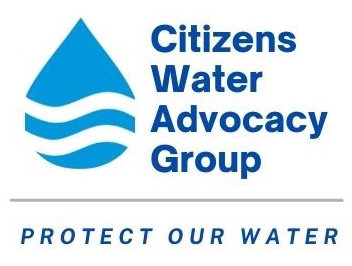Biological impacts of emerging contaminants in wastewater effluent – Full Report
Description
To develop a better understanding of the issues and best practices related to the use of treated effluent to help maintain river flows and habitat, the Conservancy commissioned a study to summarize the state of the science. The use of treated wastewater effluent is becoming a more prominent factor in Arizona's overall water management strategy. Treated effluent contains a wide array of chemical and pharmaceutical compounds referred to as emerging contaminants. Because many of the individual compounds in wastewater persist through the treatment process and can cause damage to biological systems, careful consid- eration must be given to the design of treatment systems and use of treated wastewater effluent. As the state strives to achieve sustainable use of water, treated effluent is one option to supplement human and environmental needs.
Understanding tradeoffs between water quantity, quality and the cost of alternative treatment strategies will require access to the best available information for those working to maintain the conservation, economic and cultural values of our rivers. The Conservancy recognizes that treated wastewater effluent is a valuable resource, but also has associated risks.
The literature was summarized in a report by Dr. Catherine Propper and Dr. David Quanrud that examines the biological impacts of exposure to municipal wastewater effluent and ways to reduce exposure through conventional, natural and advanced treatment processes, including a comparison of costs. This summary provides an overview of the report's major findings, including the best practices identified in the scientific literature for treating effluent. View Document.
